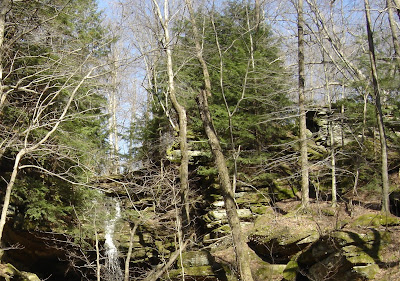
The big one. Yup, he's a big one alright-and next to it is my husband Randy. The Saguaro cactus-Carnegiea gigantea is iconic for the west. Seen throughout the desert, growing on mountain sides that look improbable if not impossible for a plant to hang on for dear life. These giants of the Southwest have entire ecosystems of birds and lizards making a livelihood in their presence.
 Outside of Tuscon the predominate Cholla cactus is the Chain-fruited Cholla or Jumping Jack- Opuntia fulgida. It has a reputation of being a nasty one, and the reason cowboys had to wear chaps. This is not a plant you want to bump into, or you will become a very unwilling distributor of a portion of the plant...and thus nature's plan for its reproduction.
Outside of Tuscon the predominate Cholla cactus is the Chain-fruited Cholla or Jumping Jack- Opuntia fulgida. It has a reputation of being a nasty one, and the reason cowboys had to wear chaps. This is not a plant you want to bump into, or you will become a very unwilling distributor of a portion of the plant...and thus nature's plan for its reproduction. But it too provides habitat for some amazing wildlife, as this cactus wren nest testifies.
But it too provides habitat for some amazing wildlife, as this cactus wren nest testifies. A Cactus Wren on a Cane Cholla, photo taken at Sweetwater Park Tucson. The Cactus Wren is the largest of North America's wrens and the state bird for Arizona. They are bold little characters, most fitting for the Southwest. A perfect choice in my opinion, and now that I am feeling a bit better after a bout of death flu, I am headed back outside for a few more adventures.
A Cactus Wren on a Cane Cholla, photo taken at Sweetwater Park Tucson. The Cactus Wren is the largest of North America's wrens and the state bird for Arizona. They are bold little characters, most fitting for the Southwest. A perfect choice in my opinion, and now that I am feeling a bit better after a bout of death flu, I am headed back outside for a few more adventures.



























